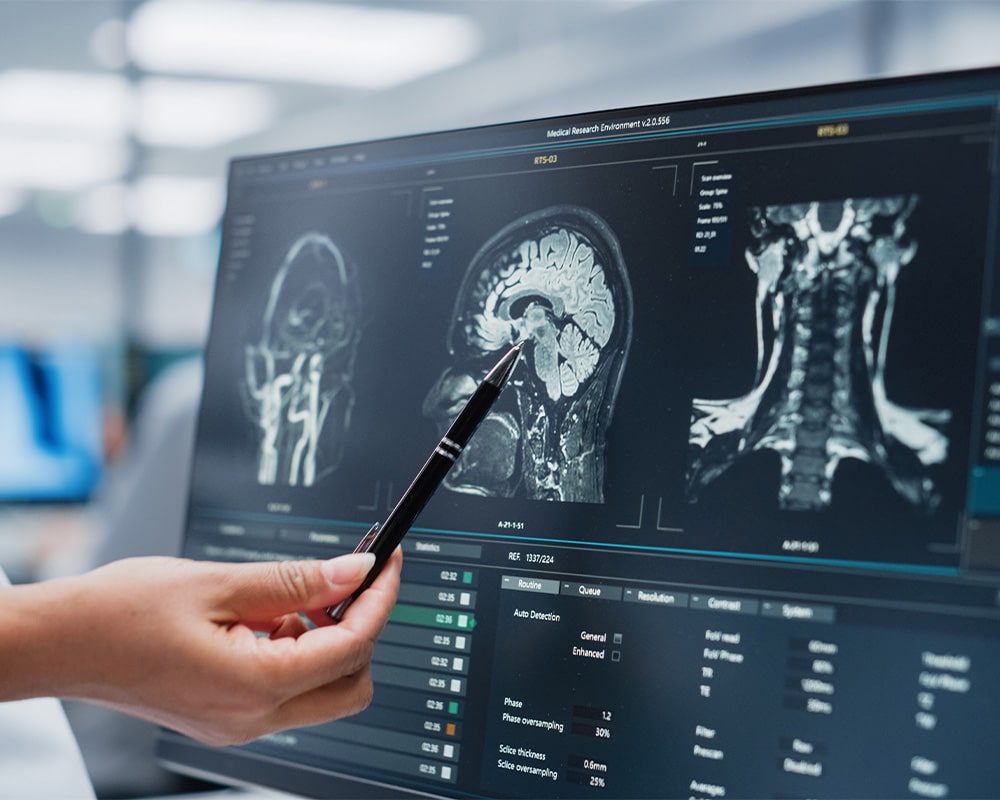Overview
Our scientists have performed over 3,500 studies across multiple therapeutic research areas, including oncology, neuroscience, inflammation, cardiovascular, metabolic, and musculoskeletal.
We understand the physiological and biochemical mechanisms that affect imaging—targets, models, kinetics, and more. This vast hands-on experience allows us to understand drug behavior and translate knowledge to provide effective studies and useful data.
With all imaging techniques, we use methods to ensure data is quantifiable and leverage our powerful analytics platform to ensure that results can be used to drive meaningful decisions.








